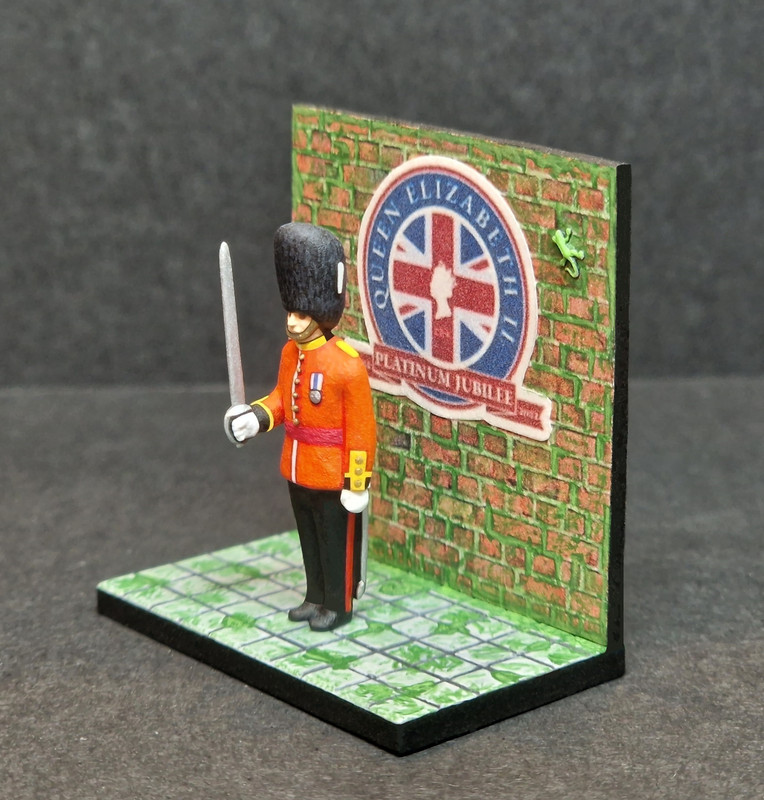
As I already told in a rather extensive post my impressions about this my first experience, here I will limit myself to expose the development of the vignette from its origins to its conclusion, through a good collection of images.
http://bennosfiguresforum.com/viewtopic.php?f=14&t=26256
(You must scroll down the page to find my post).
As I didn't think I would have enough time to produce a vignette with several figures, I had to choose only one, which was sufficiently representative of the subject I wanted to portray (a tribute to Queen Elizabeth's Platinum Jubilee through one of her Guards).
As it was clear to me that it was best to represent an officer, the next step was to choose which of the five regiments of the Foot Guards he would belong to.
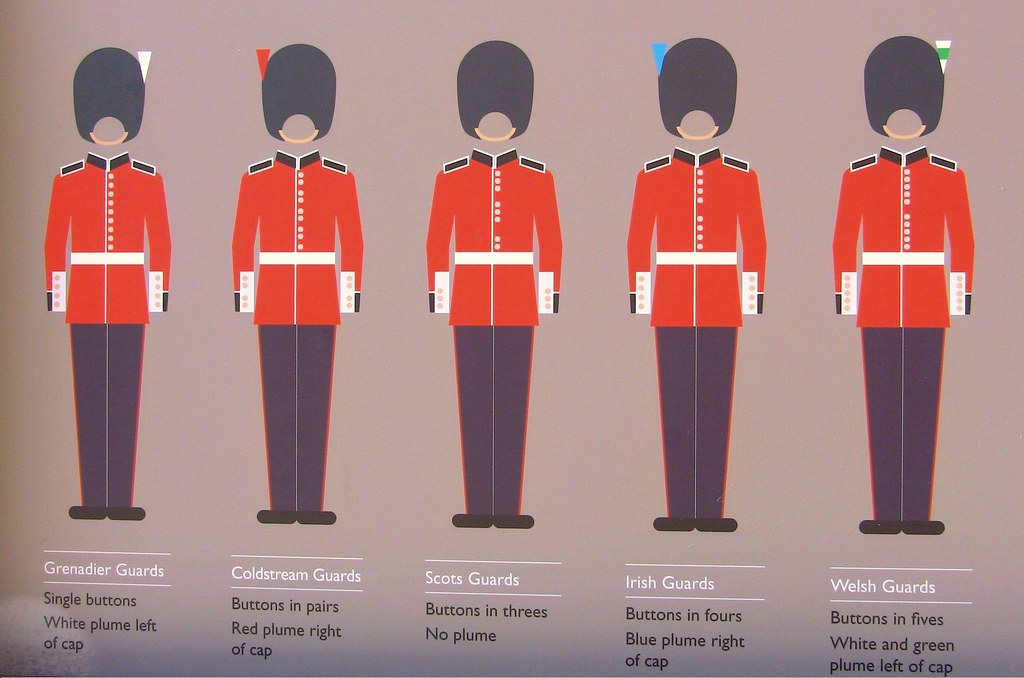
Remembering that I had in my photographic archives quite a few images of a Changing of the Guard at Buckingham Palace from a visit I made several years ago, in which the regiment involved was the Grenadier Guards, I decided that this would be my choice, as it is also the most senior regiment of all.

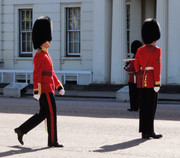


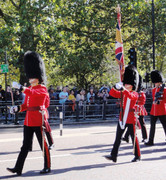


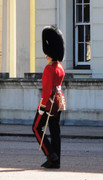
Bearing in mind that, except for the old Airfix set, the British Foot Guards have never been produced in plastic in 1/72 scale, it was clear that it would be necessary for me to build the figure (my speciality, conversions).

This was the first occasion in which I was going to be able to use one of the latest Caesar Miniatures sets (Modern PRC PLA Troops), my admiration for which I had already expressed in a previous post, as well as its great potential to represent modern military figures in unusual poses such as standing at attention, presenting arms or saluting. Here I would have the chance to prove it for the first time.


This was the chosen pose and the part of it I was going to use:
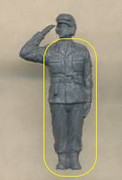
But to complete it, I was also going to need a new right arm and left hand, a head with a fur cap, a right hand with sabre and its scabbard. These were the donors of those pieces.
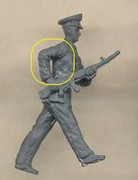
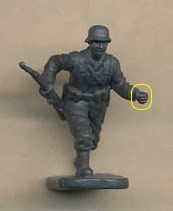

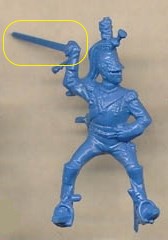
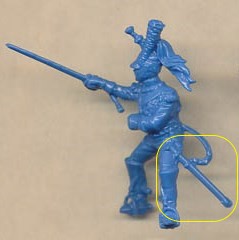
And this was the result once all the elements were placed and glued together:

Then came the paint job, the most laborious for me, which I illustrate with the following sequence of images in my usual style: the figure seen from four angles in the three states of development (unpainted, primed and fully painted).













Once the figure was finished, a suitable setting was now needed. I thought that a cobbled pavement and a brick wall in the background, where I could put up a poster alluding to the Royal Jubilee, would look good.
The pavement came from the Bush H0 pavement plastic sheets set, while the brick wall and the poster were downloaded from the Internet, adjusted to scale and printed on a self-adhesive paper sheet. The brick walls were adhered to both sides of a sheet of thin cardboard. Also following my habit of adding an animal to my dioramas and vignettes, I chose a gecko from the Bush H0 set of small animals.
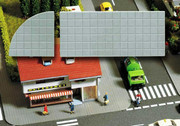
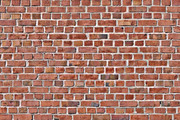
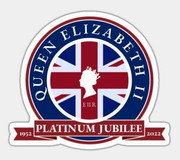


I painted both the ground and the wall (this one only on its front face) with several green tones, trying to represent the large amount of moss and other vegetation of the usual rainy climate in London (although this was not exactly the predominant one last July



It only remained to add the figure to the setting and this was the final result.



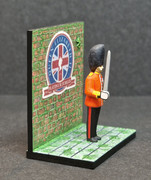
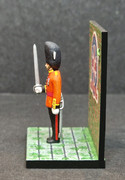

Sorry for the long length of this post, thanks for watching and I hope you like it.
Santi.









 Supporting Member (Bronze)
Supporting Member (Bronze)





 Moderator
Moderator


